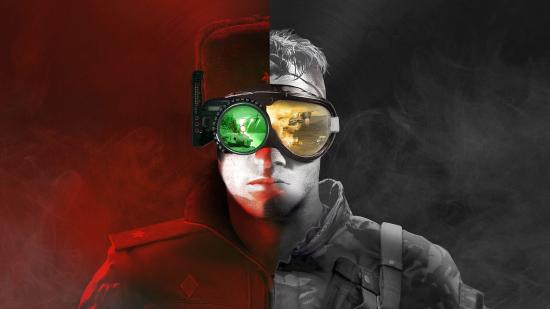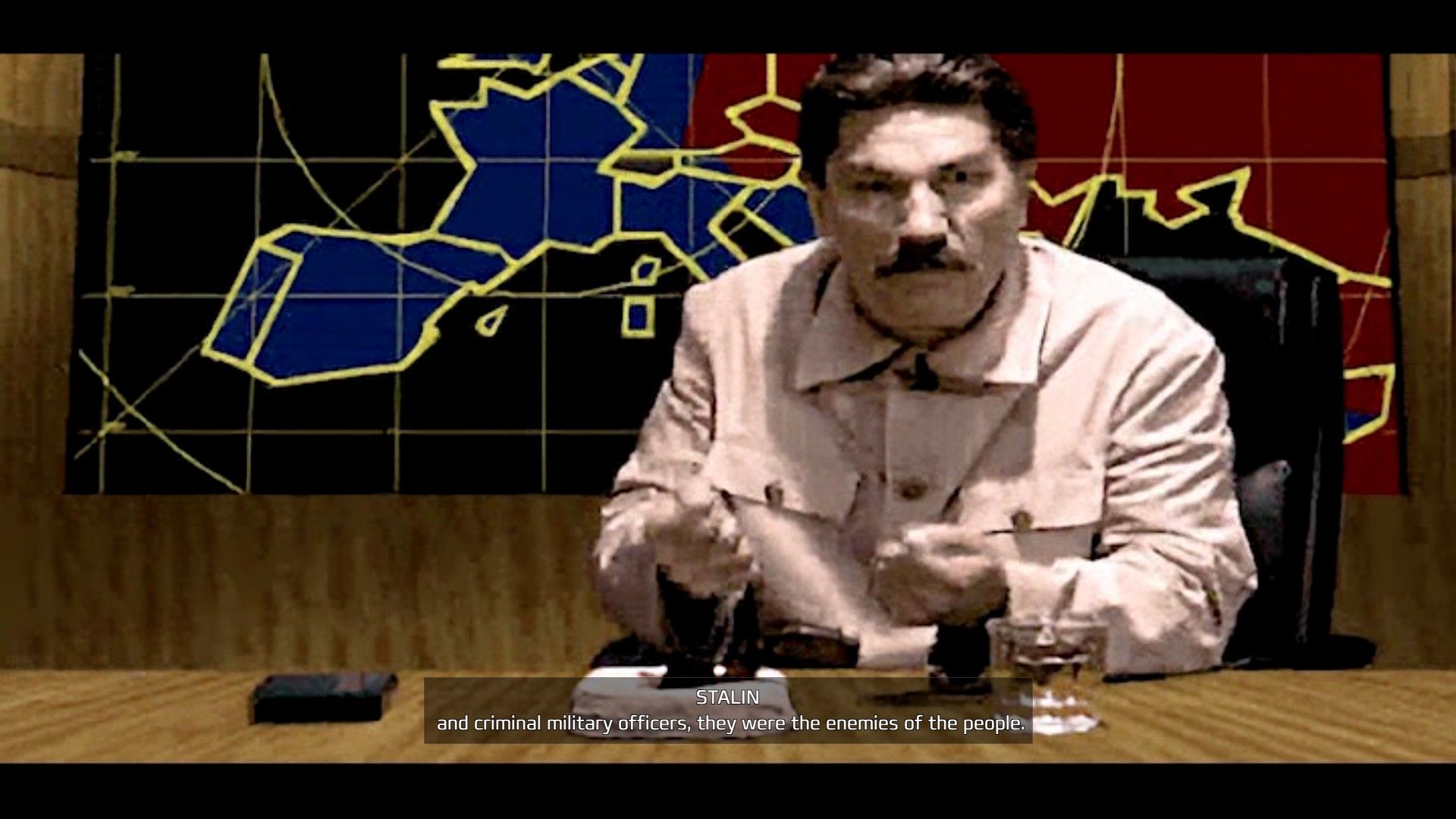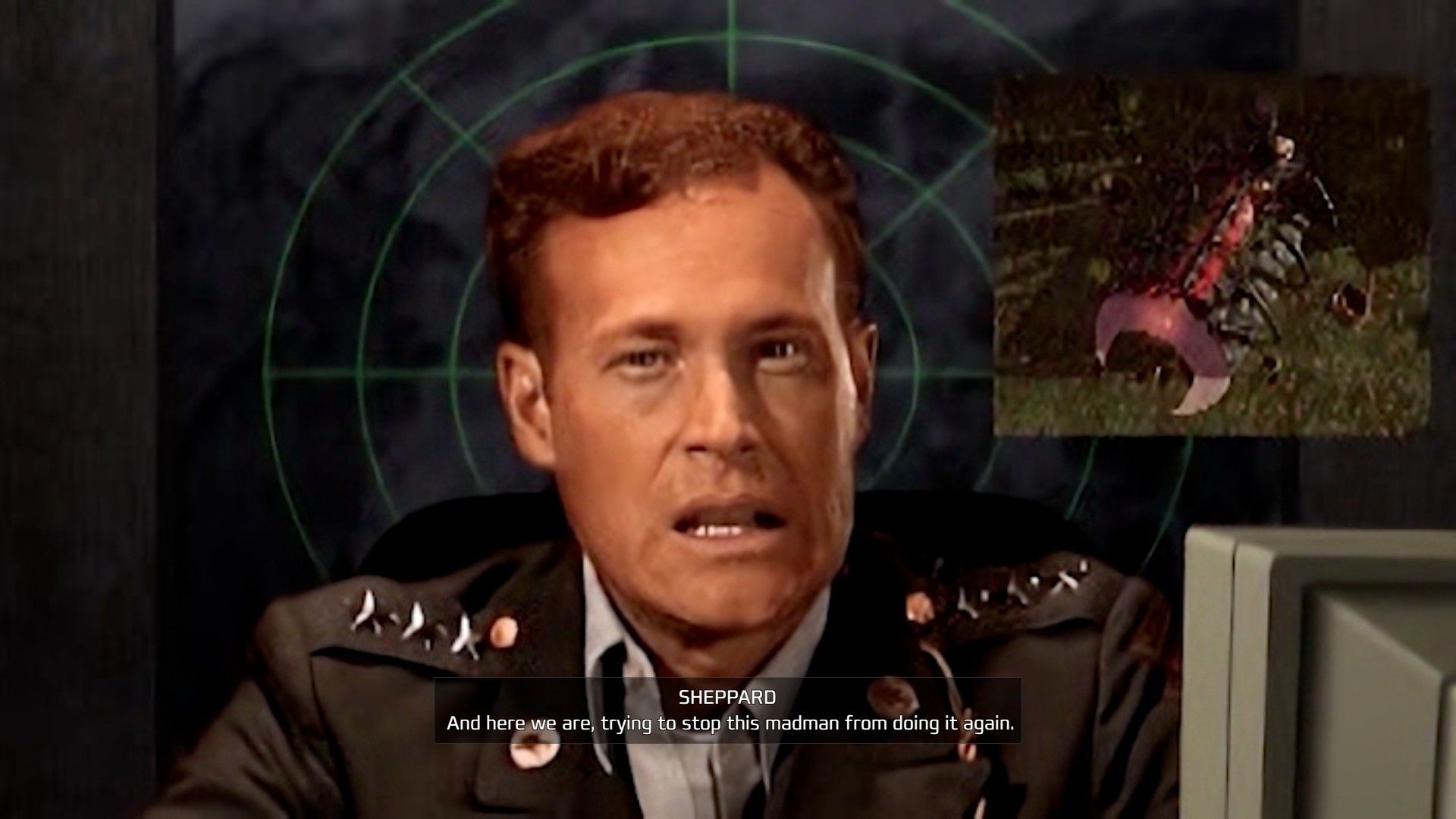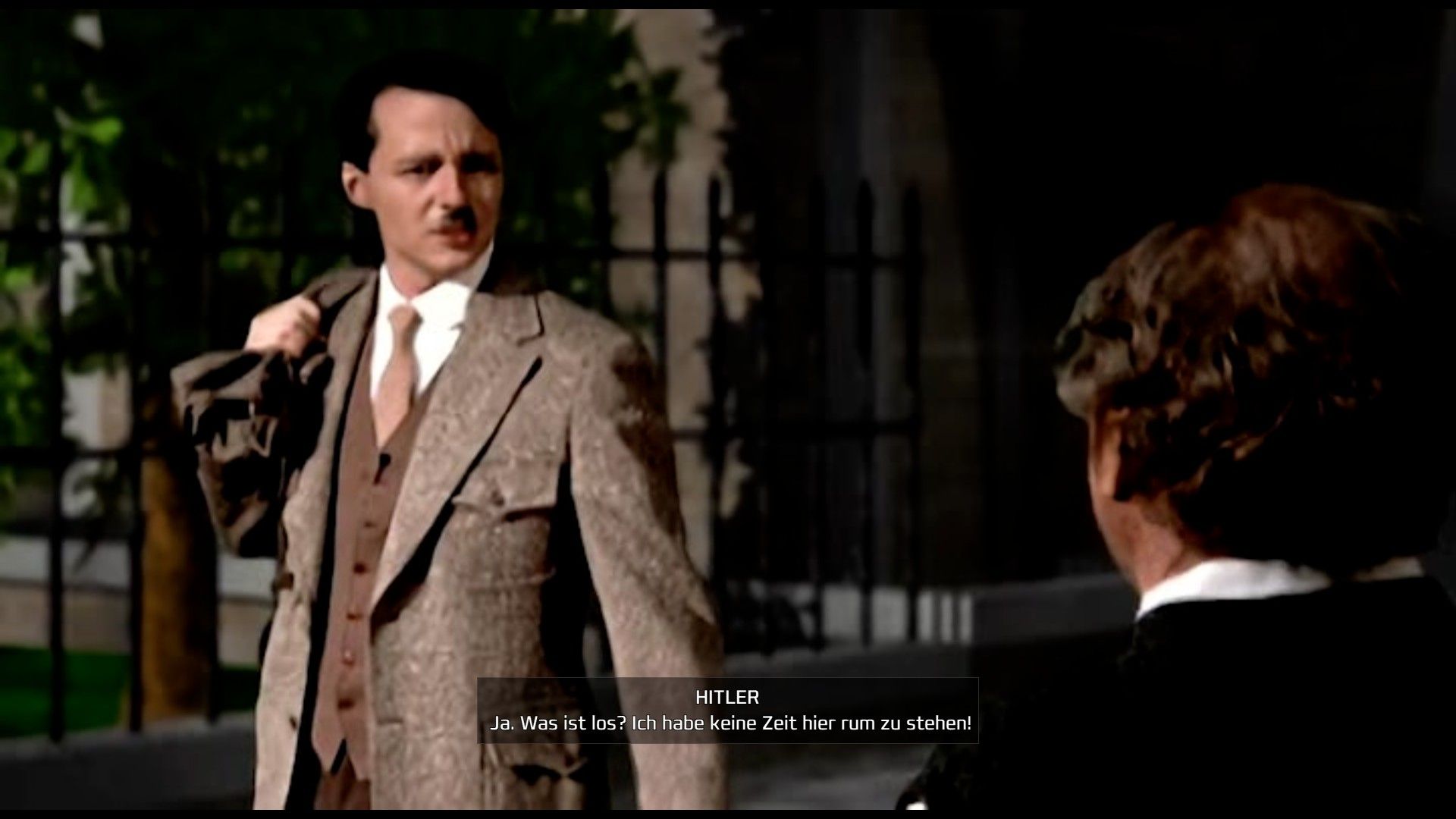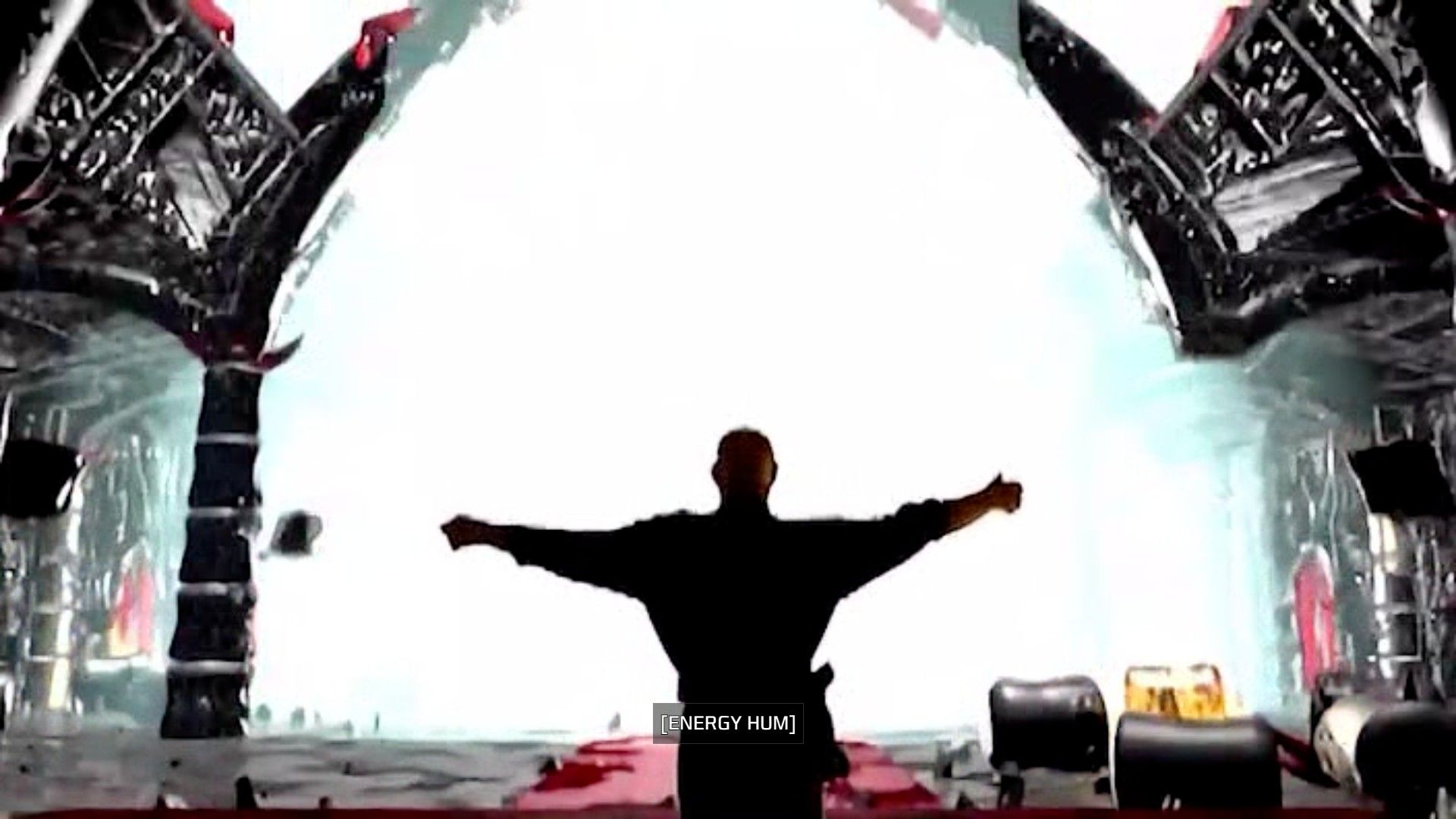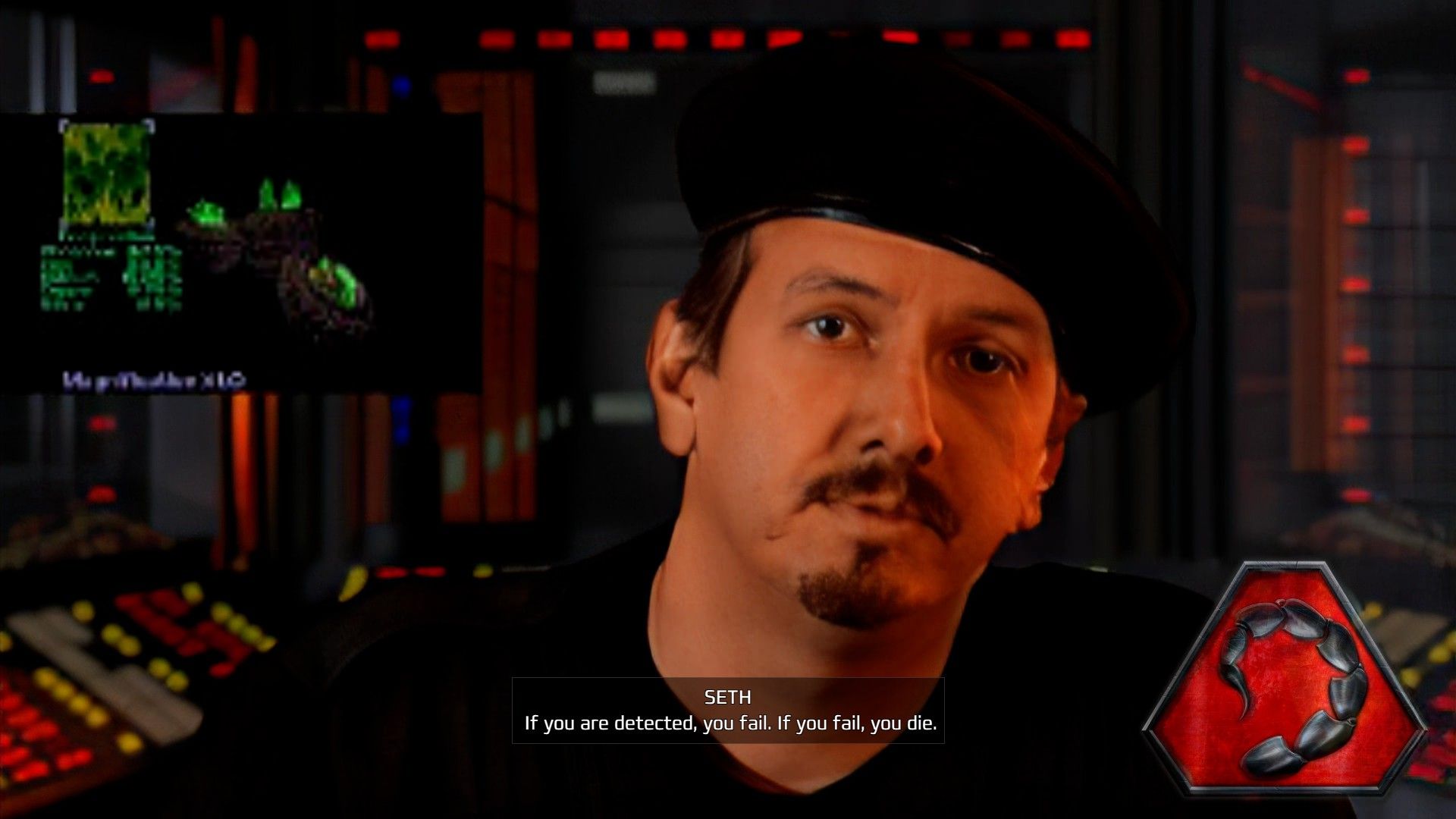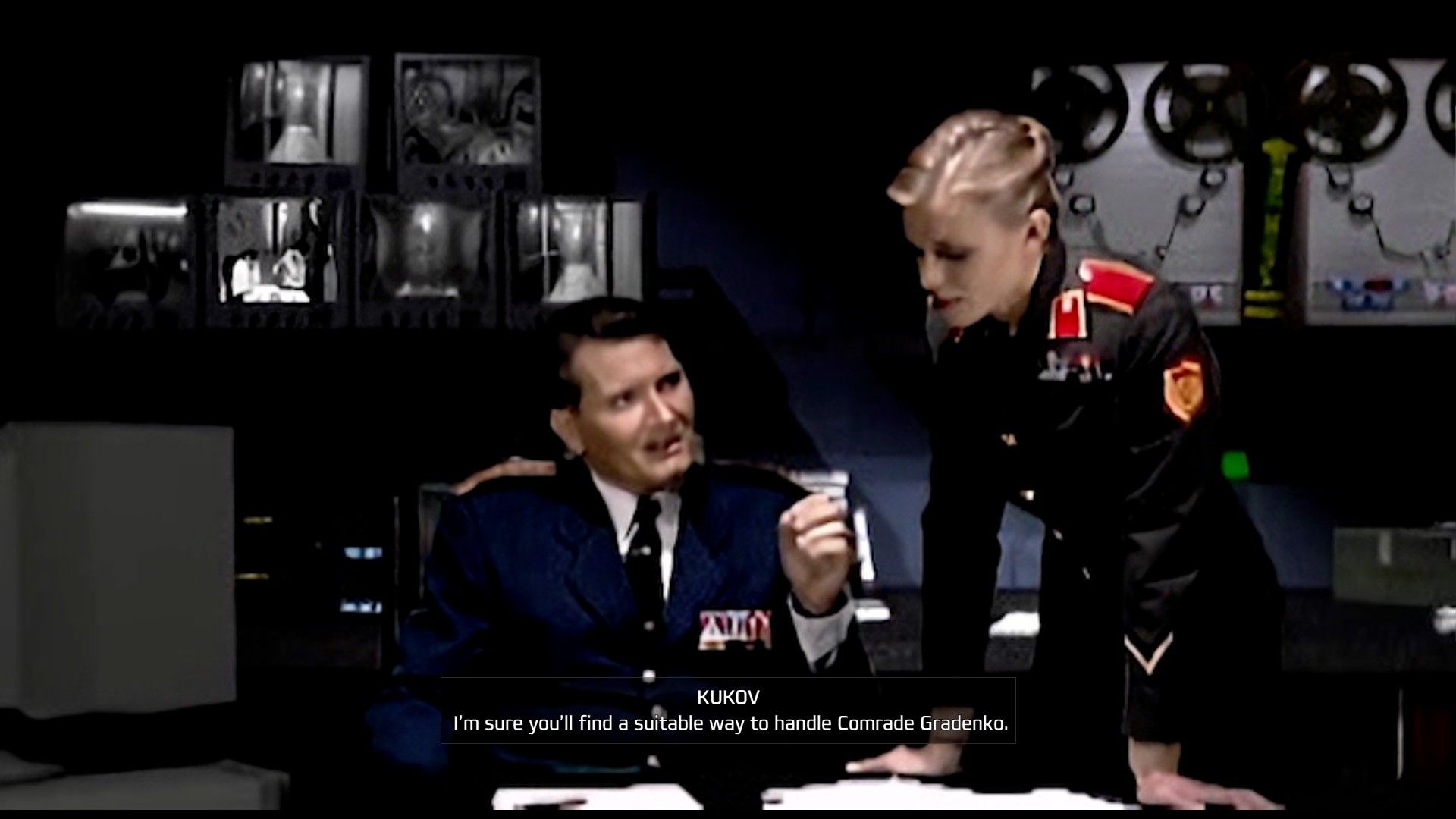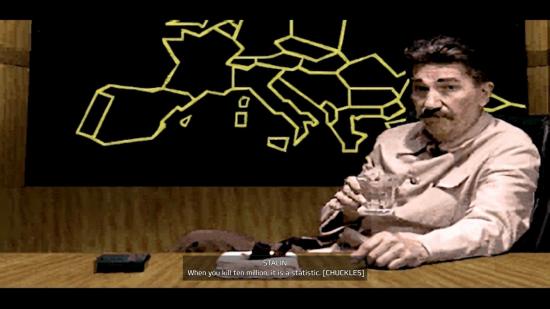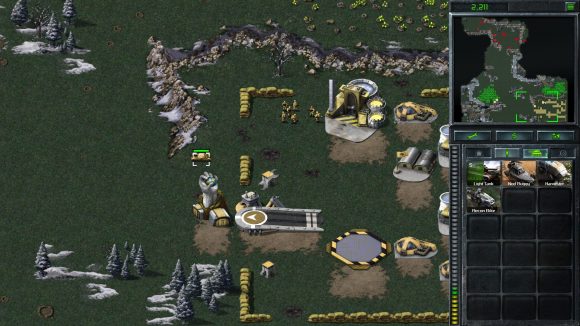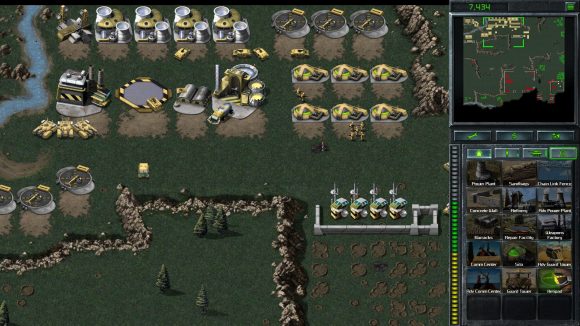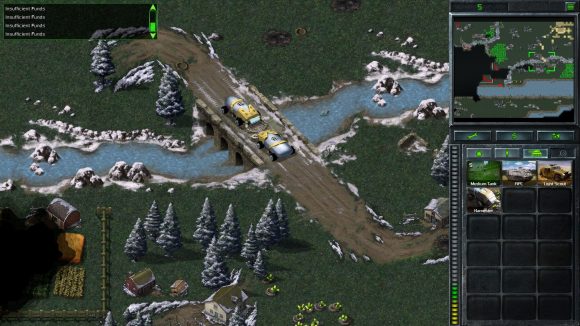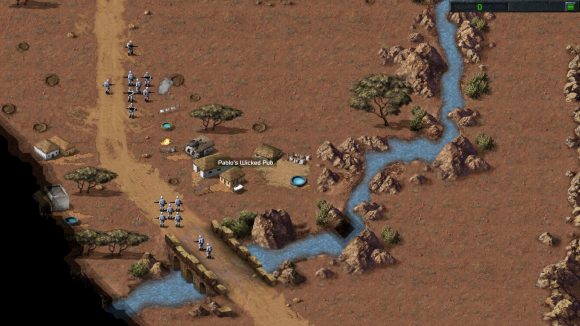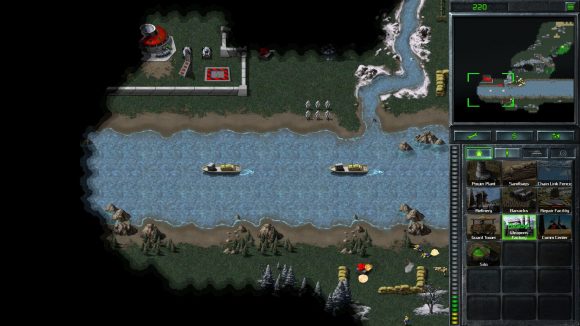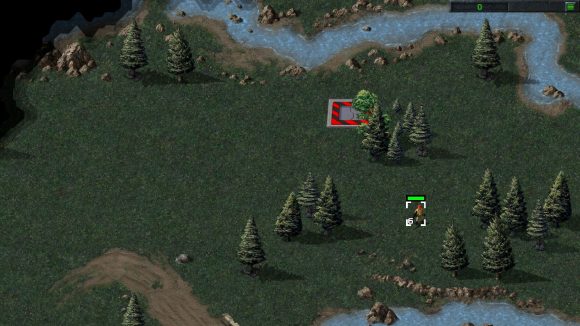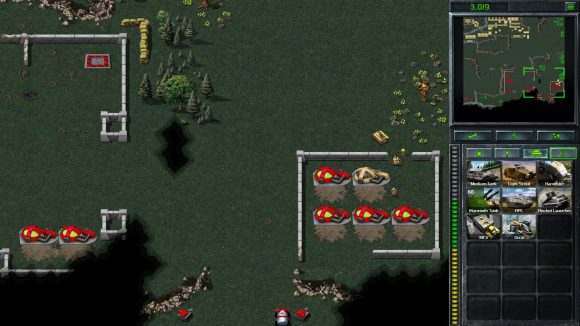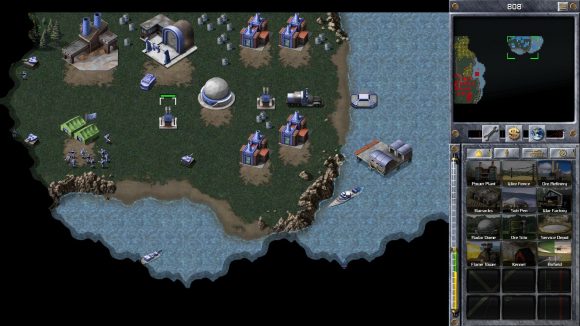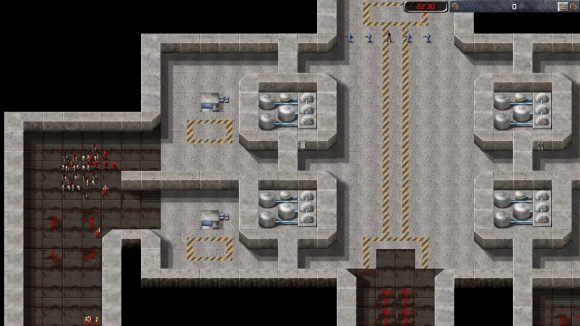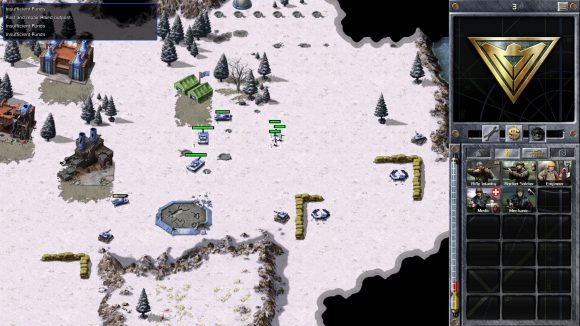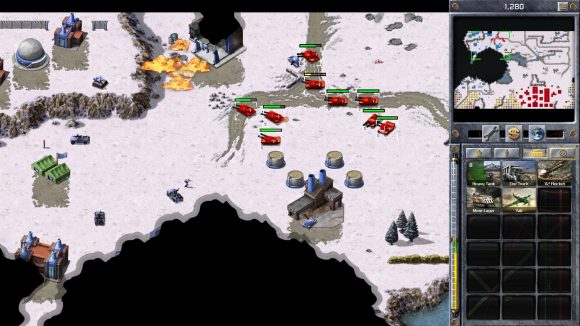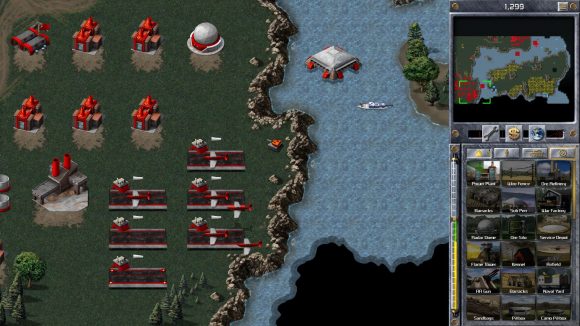Our Verdict
These games often feel their age, but their genius shines through, especially in this polished package. This is one of the best remasters around, and an easy recommendation for the nostalgic or the curious.
Many of my review notes for the Command & Conquer Remastered Collection are written in capital letters. Good, excited capital letters.
I’ve calmed down now, but here are a couple of choice examples, cleaned for publication: “Oh neat, it starts with a fan-made modern version of the original’s stylised installation program”; “Oh gosh, the re-recorded music is flipping perfect – Act on Instinct flipping shreds”; and “Golly, I forgot how much I love the sound of a charging Obelisk.”
I’ll say it right at the top: if you played and loved the original Command & Conquer and Red Alert, as I did, this is everything you want it to be. You get both games with all their expansions, plus the console missions that never came to PC. That’s four campaigns of roughly ten hours each, the secret Funpark and giant ant mini-campaigns, plus 34 standalone missions for Red Alert and 25 for C&C that offer tough challenges – I vividly remember Under Siege from C&C’s Covert Operations – or are just silly fun: Monster Tank Madness from Red Alert’s Aftermath has you reprogram remote-controlled Super Tanks equipped with Cruiser guns.
Throw in Skirmish mode for custom games against AI, multiplayer with modern infrastructure, and a map editor and mod support, all in a single convenient package on Steam or Origin, and it’s a mighty chunk of content. And now that EA has released the source code there’s practically no limit on how awesome those mods can be.
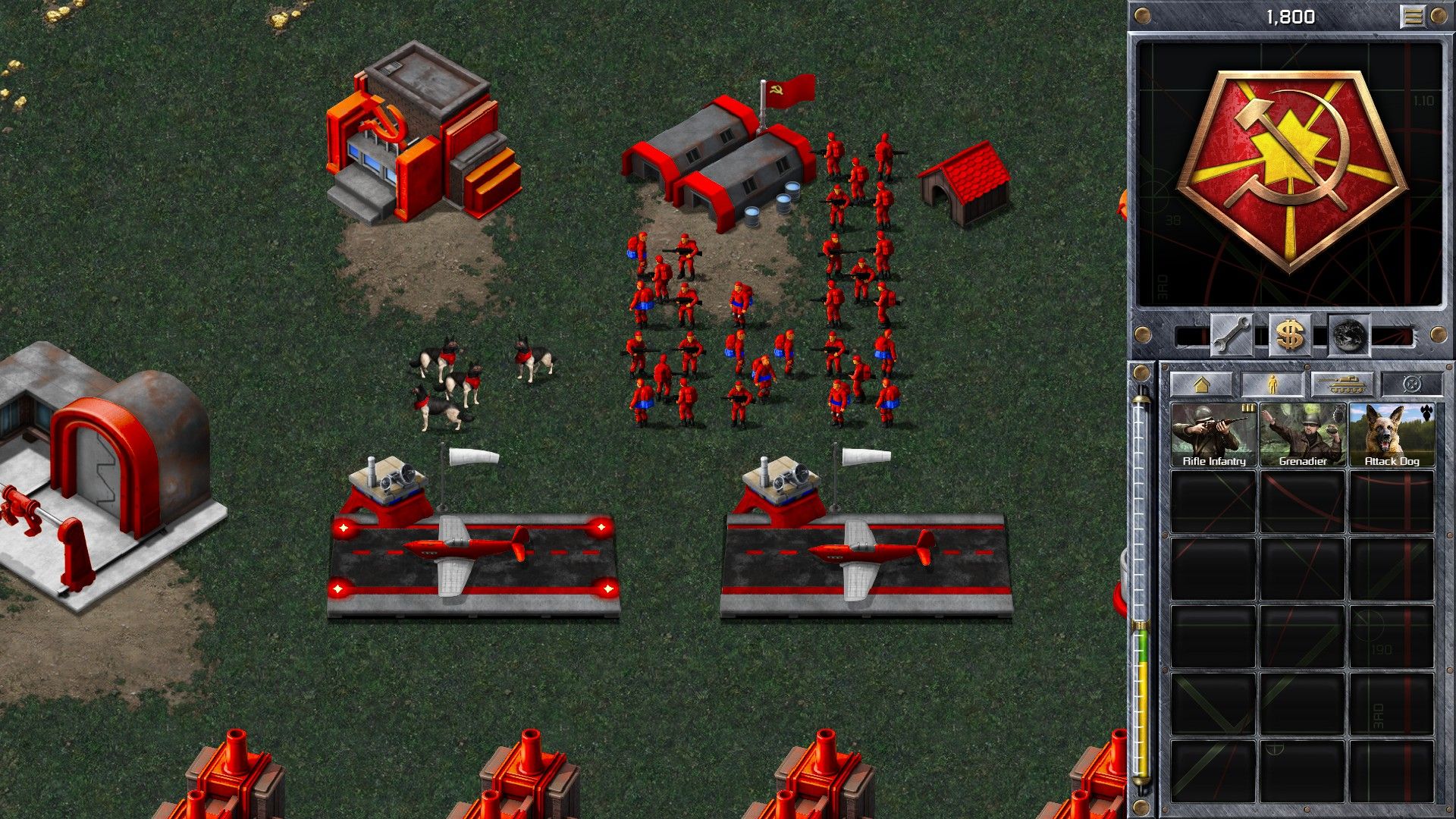
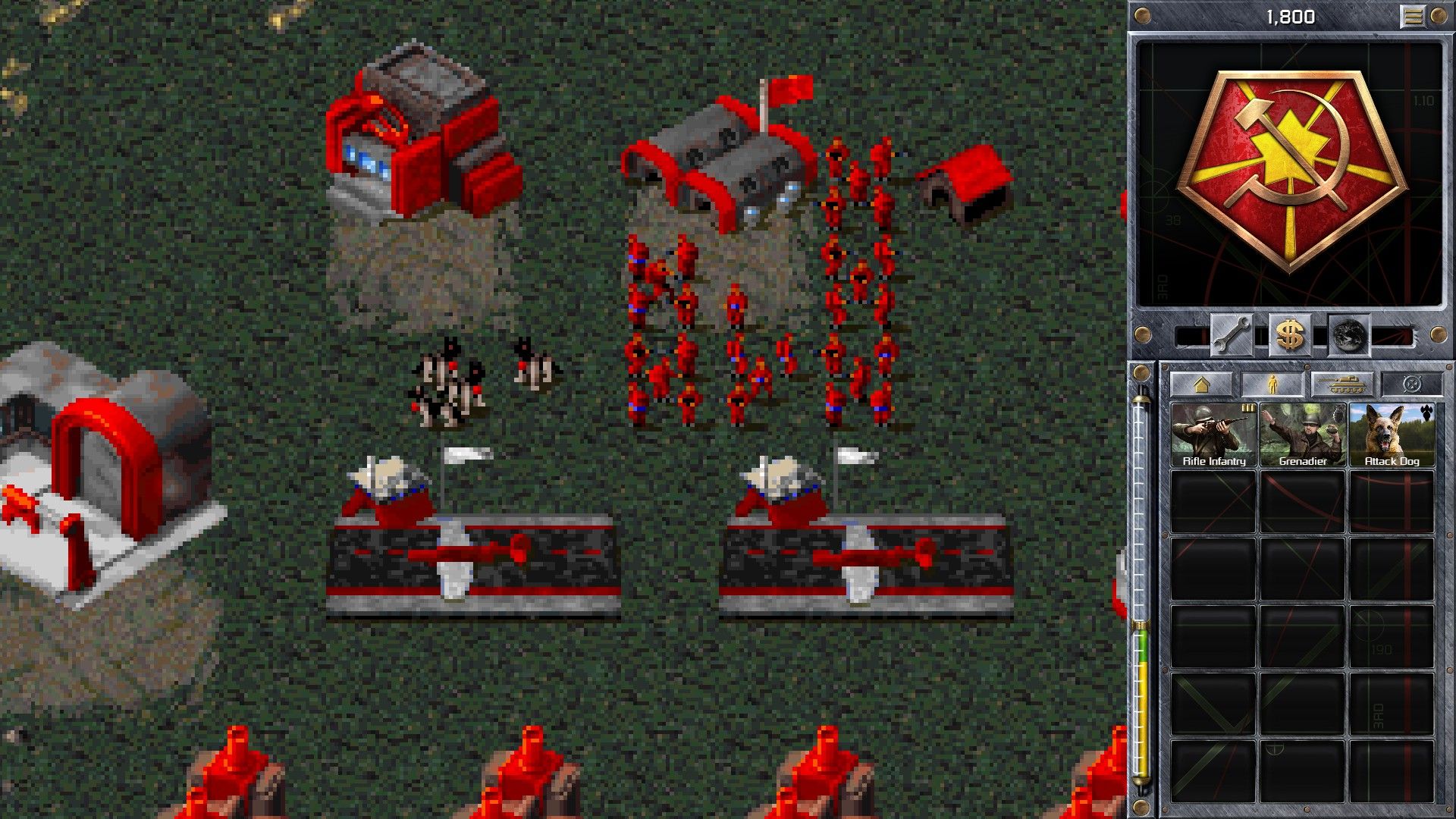
The remastered 4K graphics do a mostly excellent job of adding detail to the units and structures you know and love without compromising their spirit. Many vehicles were blurry blobs in the original, but tanks, Hummvees, and Allied ships are now recognisable as what they should be. Soviet attack dogs are red-eyed and evil while somehow remaining adorable. Some infantry movement animations look a bit weird – grenadiers look like they’re twerking in a music video – but even these quirks are more endearing than they are annoying. And hey, if you prefer the classic look you can tap the spacebar to jump seamlessly back to the ’90s, as I often did for comparison’s sake.
Campaign progress unlocks never-before-seen archive footage of the games’ live action cutscenes being filmed under the direction of Joe Kucan. There are some lovely moments here, like Kucan – who, let’s remember, plays Kane, the evil megalomaniac behind the Brotherhood of Nod – yapping “bark bark bark! Bark bark bark!” to simulate a crowd of reporters questioning Eric Martin’s General Sheppard. These bonus scenes can even expand your understanding of the original games – for instance, I now know what Commander Carter was trying to say in his garbled briefing for GDI 06 (the famous Commando mission) for the very first time.
EA and Petroglyph have run these cutscenes through an AI upscaler to get them to modern resolutions and frame rates. The results are mixed. There’s a bit of woozy, vaseline-lens syndrome on the GDI briefings, but Nod’s have come out pretty well. Red Alert’s videos fare worse, coming out looking soft and grainy, but they still just about do the job.
I’m a big fan of Microsoft’s excellent Age of Empires remasters, but EA and Petroglyph have gone above and beyond here. The effort they’ve made to cram value into this remaster at every opportunity is palpable and commendable. It puts Warcraft III: Reforged to shame. I struggle to imagine what more fans of the original could want.
More like this: Check out the best classic games on PC
But we need to discuss the games themselves, and as much as I revelled in returning to the experiences that ignited my love of the strategy genre in such a splendid new package, the painful truth is they hold up less well than Age of Empires II or Warcraft III. That’s especially true of Command & Conquer.
As I play through the old campaigns, a number of familiar aches and pains flare up that memory had glossed over. Units respond slowly to orders, drifting on their present course for a moment as if loath to change direction, which hurts when it’s the difference between them getting blown up by an Obelisk or not. For modern MOBA players used to clicking like it’ll save the rainforest and having their champion react instantly to every order, this will be torture.
By giving a constant trickle of resources from multiple cheap worker units, both Warcraft and Age of Empires fixed C&C’s gathering model, in which expensive harvesters slowly fill a large tank of money and drop it off in one dump (in Red Alert the dump is instantaneous, whereas in C&C it takes a while – I presume the driver takes a newspaper). When you’re building your army you’ll soon burn through your last dump (leave the door open), leading to lengthy downtime when you can’t do much until your harvester gets back to base.
Speaking of harvesters, they are the prime, infamous exhibitors of C&C’s very stupid unit pathfinding. Here’s another of my review notes: “my two harvesters regularly get stuck on the same single bridge to the Tiberium field and I want to cry”; or “they’re too stupid to find their way to the same single refinery I have them both sharing rather than just build a second for an extra 600 because I’m cheap.” All units will try to take the most direct route to complete a move order, even if it eventually leads them to a cliff, rather than forward plan to take a route that avoids the cliff – let alone a waiting Tesla Coil.
The lack of handholding is another common theme that would be considered part of the challenge back in the ’90s, but modern sensibilities would consider player-hostile design. As hinted earlier, the mission briefing for GDI 06 gives you no information upon which to act, nor does the strategic map whenever you’re given a choice of locations to attack. Missions often contain structural challenges that feel punishing and obtuse, and must be solved through trial and error.
And yet, for all this, the odd flash of genius from original developer and Petroglyph progenitor Westwood Studios still shines through game systems, map furniture, and design conventions that feel threadbare by today’s standards. Campaign missions are endlessly varied and stay fresh right to the end. Enemy soldiers are cunningly positioned behind trees, using level geography as camouflage. Those structural challenges always have a solution, concealed with great cunning in these simple maps, and it’s always a joy to discover. For example, I quickly burn through my sparse Tiberium in GDI’s final mission, leaving me gasping for funds and frustrated, until I spy six poorly defended Nod storage silos. I put five engineers in an APC, mount a daring raid to capture them and their contents, and have so much money I need to build some silos of my own.
Necessity is the mother of invention, as they say, and these games are proof. It’s amazing that Westwood were able to do so much with so little. That said, there’s a clear step up in quality and ambition from C&C to Red Alert. The addition of naval units, interior maps, and some basic scripted events enables even more creative mission designs, and more air units and map powers – like spy planes and paratroopers – lend a sense of both scope and scale that the landlubbing C&C lacks. Units feel slightly less stupid and there have been some quality-of-life tweaks like those quick-dump harvesters, which iron out some of C&C’s frustrations.

But for fans of the original, nostalgia will temper those frustrations anyway: even when I was swearing at my stupid harvesters I was doing it with half a smile on my face. All the stuff you look back fondly upon is still here: it’s still a thrill to get hold of C&C’s flashy toys, like Mammoth tanks, Cruisers, and superweapons, even if some are bemusingly ineffectual compared to their hype in the cutscenes: the Allied generals make a big fuss over the Iron Curtain, but to make a single unit invulnerable for 45 seconds is simply not a big deal.
Related: Check out the best strategy games on PC
You need at least a little pre-existing love for C&C to tolerate the fundamental – let’s call them ‘quirks’ – with which the game is still lumbered at its core. Cynics and TikToking teens without a sense of reverence for one of the original titans of PC gaming can probably stay away. But for the nostalgic, or for those who missed it first time round and are eager to try the game that was to RTS what Doom was to FPS, there is no easier purchase to recommend this year than the Command & Conquer: Remastered Collection. For $20, it’s extraordinary value.
